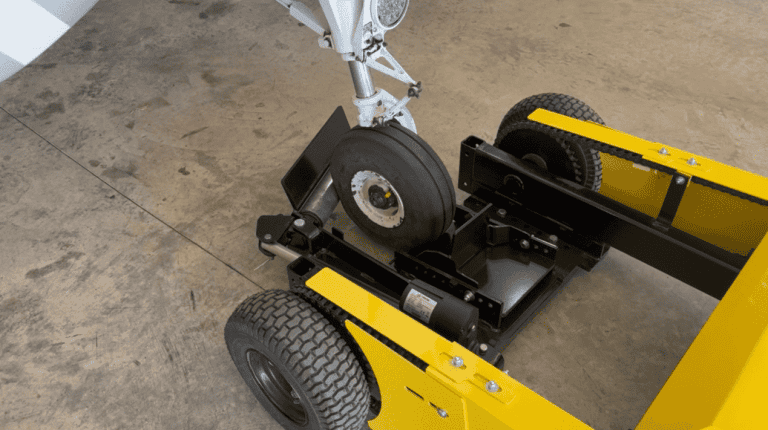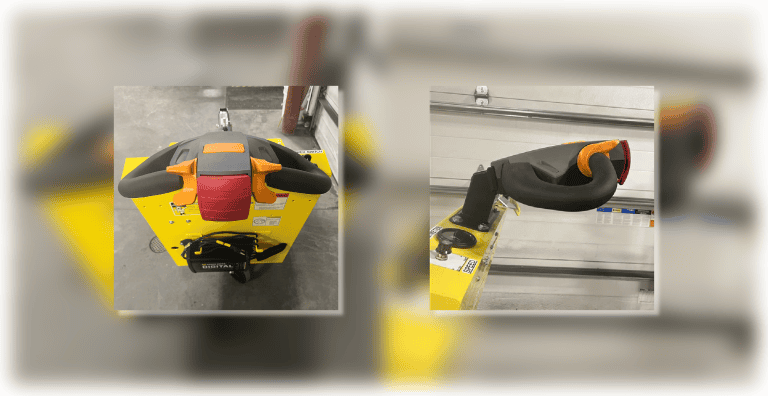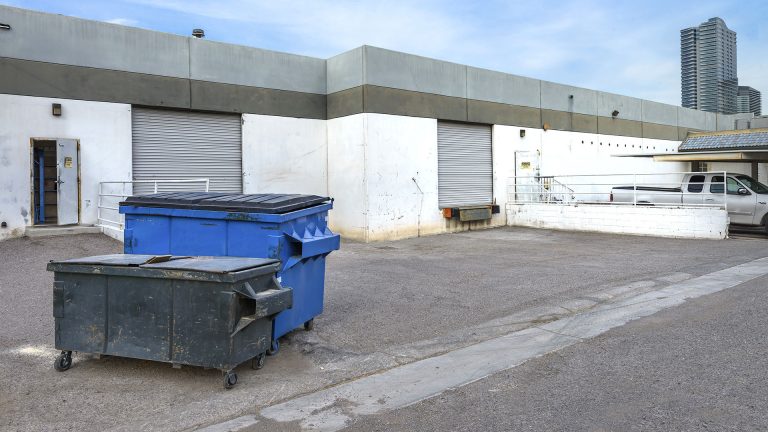Supply Chain Sustainability and Green Sustainable Supply Chain are the coming watchwords in the material handling and logistics industries (see our July 7 post). A green sustainable supply chain is the process of using environmentally friendly resources to create products that when used — and also when eventually discarded at the end of their life cycle — break down into components that either benefit the environment or can be recycled to create new products without harming the environment.
“The whole idea of a sustainable supply chain is to reduce costs while helping the environment,” explained Patrick Penfield of the Whitman School of Management at Syracuse University in a 2007 article for MHIA’s publication On the Mhove. To gauge the cost savings of a sustainable supply chain requires that businesses think in terms of the life cycle costs of a part, piece of equipment or process. It’s merely the next step in the evolution of cost analysis, argues Penfield. “In the past,” he says, “most companies were focused on reducing unit costs. Many companies later evolved into looking at total landed costs with the onset of global trade. Companies also started looking at the usage costs with a piece of equipment.” Figuring costs based on the total life cycle of a part, piece of equipment or process is simply taking an even broader view of cost analysis.
Approaching business and industry from the broad outlook of sustainability “could be a tremendous weapon for companies to reduce costs,” Penfield believes. “There are many facets of the supply chain that could be improved by looking at it from a sustainability standpoint.” Today, companies worldwide are reviewing design and production processes and redesigning those processes to use fewer resources and less energy. In one example, Interface Corporation, a leading maker of materials for commercial interiors, decreased the horsepower requirements of a pump system by 92% simply by using shorter, fatter pipes than originally called for. Their engineer’s redesigned system “cost less to build, involved no new technology and worked better in all respects,” Penfield points out.
Next time: Using sustainability to create a competitive edge


